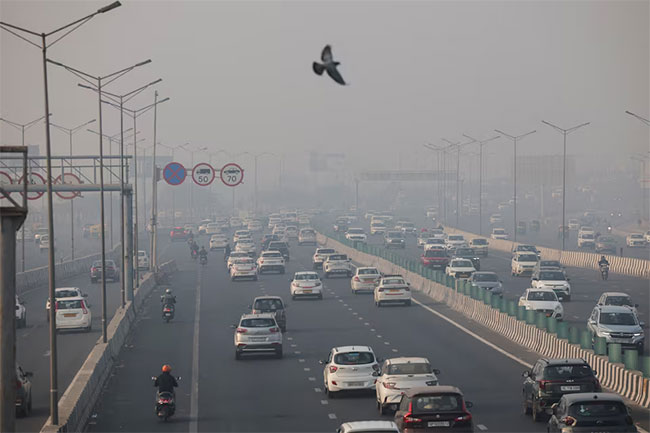According to the report, the PMS segment has undergone a sevenfold expansion over the last ten years. PMS Assets Under Management, including discretionary and non-discretionary mandates but excluding co-investments and advisory assets, have climbed from Rs 1.27 lakh crore in September 2015 to Rs 8.37 lakh crore in September 2025, marking a 10-year CAGR of 20.75%. The growth also coincides with the rise in licensed managers, with 495 SEBI-registered portfolio managers now active.
The momentum in AIFs has been even more dramatic. Total AIF commitments have surged from Rs 27,484 crore in September 2015 to Rs 15.05 lakh crore in September 2025, translating into a striking 49.23% CAGR. Category II AIFs account for roughly three-fourths of total commitments and have led the charge, soaring from Rs 14,707 crore to Rs 11,20,589 crore during the same period — a 54.24% CAGR. India now hosts 1,699 registered AIFs across all categories as of November 17, 2025, underscoring the diversification of domestic alternatives.
Commenting on the structural shift, R. Pallavarajan, Founder & Director, PMS Bazaar, said affluent investors are increasingly seeking “diversification and reliable sources of alpha,” adding that PMS and AIF platforms provide “conviction-led, strategy-driven portfolios built for today’s complex market environment.”
George Heber Joseph, CIO & CEO (Equity) at ASK Investment Managers, noted that rising demand is coming not only from HNIs and UHNIs but also from new-age investors, startup founders, senior professionals, and clients from Tier II and Tier III cities. He said PMS and AIFs are “no longer niche” and are emerging as the next frontier of professional wealth management.
The figures were released at the PMS Bazaar summit held in Mumbai, where the platform also unveiled AIF Bazaar, a dedicated initiative aimed at improving transparency and accessibility across the AIF landscape.(Disclaimer: Recommendations, suggestions, views and opinions given by the experts are their own. These do not represent the views of The Economic Times)













